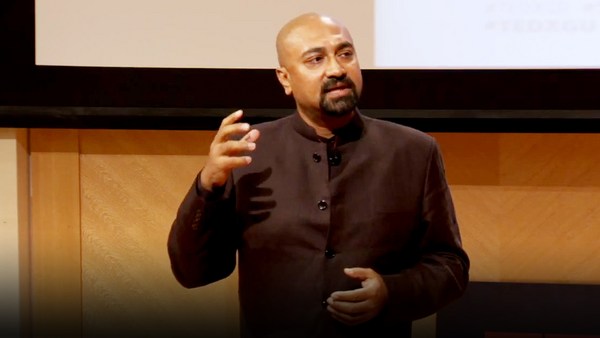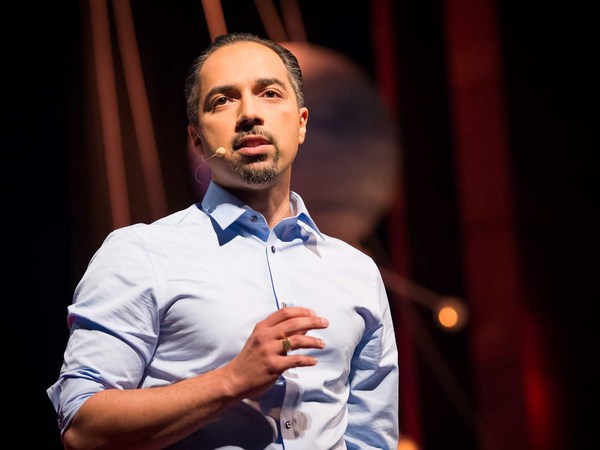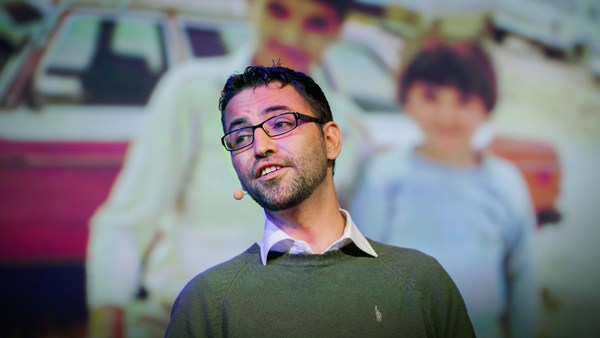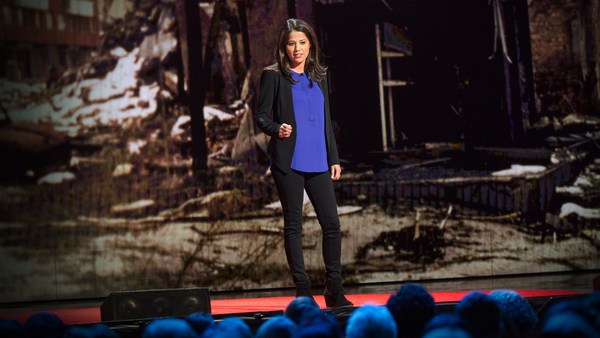For the past decade, I've been studying non-state armed groups: armed organizations like terrorists, insurgents or militias. I document what these groups do when they're not shooting. My goal is to better understand these violent actors and to study ways to encourage transition from violent engagement to nonviolent confrontation. I work in the field, in the policy world and in the library.
Understanding non-state armed groups is key to solving most ongoing conflict, because war has changed. It used to be a contest between states. No longer. It is now a conflict between states and non-state actors. For example, of the 216 peace agreements signed between 1975 and 2011, 196 of them were between a state and a non-state actor. So we need to understand these groups; we need to either engage them or defeat them in any conflict resolution process that has to be successful.
So how do we do that? We need to know what makes these organizations tick. We know a lot about how they fight, why they fight, but no one looks at what they're doing when they're not fighting. Yet, armed struggle and unarmed politics are related. It is all part of the same organization. We cannot understand these groups, let alone defeat them, if we don't have the full picture.
And armed groups today are complex organizations. Take the Lebanese Hezbollah, known for its violent confrontation against Israel. But since its creation in the early 1980s, Hezbollah has also set up a political party, a social-service network, and a military apparatus. Similarly, the Palestinian Hamas, known for its suicide attacks against Israel, also runs the Gaza Strip since 2007. So these groups do way more than just shoot. They multi-task. They set up complex communication machines -- radio stations, TV channels, Internet websites and social media strategies. And up here, you have the ISIS magazine, printed in English and published to recruit. Armed groups also invest in complex fund-raising -- not looting, but setting up profitable businesses; for example, construction companies. Now, these activities are keys. They allow these groups to increase their strength, increase their funds, to better recruit and to build their brand.
Armed groups also do something else: they build stronger bonds with the population by investing in social services. They build schools, they run hospitals, they set up vocational-training programs or micro-loan programs. Hezbollah offers all of these services and more. Armed groups also seek to win the population over by offering something that the state is not providing: safety and security. The initial rise of the Taliban in war-torn Afghanistan, or even the beginning of the ascent of ISIS, can be understood also by looking at these groups' efforts to provide security. Now, unfortunately, in these cases, the provision of security came at an unbearably high price for the population. But in general, providing social services fills a gap, a governance gap left by the government, and allows these groups to increase their strength and their power. For example, the 2006 electoral victory of the Palestinian Hamas cannot be understood without acknowledging the group's social work.
Now, this is a really complex picture, yet in the West, when we look at armed groups, we only think of the violent side. But that's not enough to understand these groups' strength, strategy or long-term vision. These groups are hybrid. They rise because they fill a gap left by the government, and they emerge to be both armed and political, engage in violent struggle and provide governance.
And the more these organizations are complex and sophisticated, the less we can think of them as the opposite of a state. Now, what do you call a group like Hezbollah? They run part of a territory, they administer all their functions, they pick up the garbage, they run the sewage system. Is this a state? Is it a rebel group? Or maybe something else, something different and new? And what about ISIS? The lines are blurred. We live in a world of states, non-states, and in-between, and the more states are weak, like in the Middle East today, the more non-state actors step in and fill that gap. This matters for governments, because to counter these groups, they will have to invest more in non-military tools. Filling that governance gap has to be at the center of any sustainable approach. This also matters very much for peacemaking and peacebuilding. If we better understand armed groups, we will better know what incentives to offer to encourage the transition from violence to nonviolence.
So in this new contest between states and non-states, military power can win some battles, but it will not give us peace nor stability. To achieve these objectives, what we need is a long-term investment in filling that security gap, in filling that governance gap that allowed these groups to thrive in the first place.
Thank you.
(Applause)





